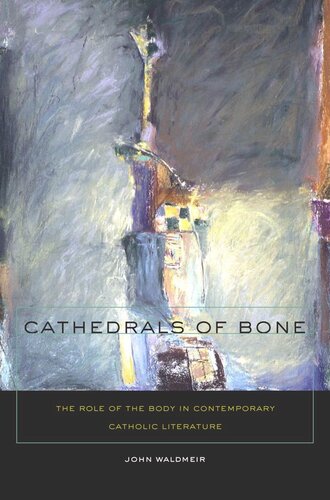

Most ebook files are in PDF format, so you can easily read them using various software such as Foxit Reader or directly on the Google Chrome browser.
Some ebook files are released by publishers in other formats such as .awz, .mobi, .epub, .fb2, etc. You may need to install specific software to read these formats on mobile/PC, such as Calibre.
Please read the tutorial at this link: https://ebookbell.com/faq
We offer FREE conversion to the popular formats you request; however, this may take some time. Therefore, right after payment, please email us, and we will try to provide the service as quickly as possible.
For some exceptional file formats or broken links (if any), please refrain from opening any disputes. Instead, email us first, and we will try to assist within a maximum of 6 hours.
EbookBell Team

4.4
62 reviewsThe metaphor of the Church as a "body" has shaped Catholic thinking since the Second Vatican Council. Its influence on theological inquiries into Catholic nature and practice is well-known; less obvious is the way it has shaped a generation of Catholic imaginative writers. Cathedrals of Bone is the first full-length study of a cohort of Catholic authors whose art takes seriously the themes of the Council: from novelists such as Mary Gordon, Ron Hansen, Louise Erdrich, and J. F. Powers, to poets such as Annie Dillard, Mary Karr, Lucia Perillo, and Anne Carson, to the Pulitzer Prize-winning playwright John Patrick Shanley.
Motivated by the inspirational yet thoroughly incarnational rhetoric of Vatican II, each of these writers encourages readers to think about the human body as a site-perhaps the most important site-of interaction between God and human beings. Although they represent the body in different ways, these late-twentieth-century Catholic artists share a sense of its inherent value. Moreover, they use ideas and terminology from the rich tradition of Catholic sacramentality, especially as it was articulated in the documents of Vatican II, to describe that value. In this way they challenge the Church to take its own tradition seriously and to reconsider its relationship to a relatively recent apologetics that has emphasized a narrow view of human reason and a rigid sense of orthodoxy.